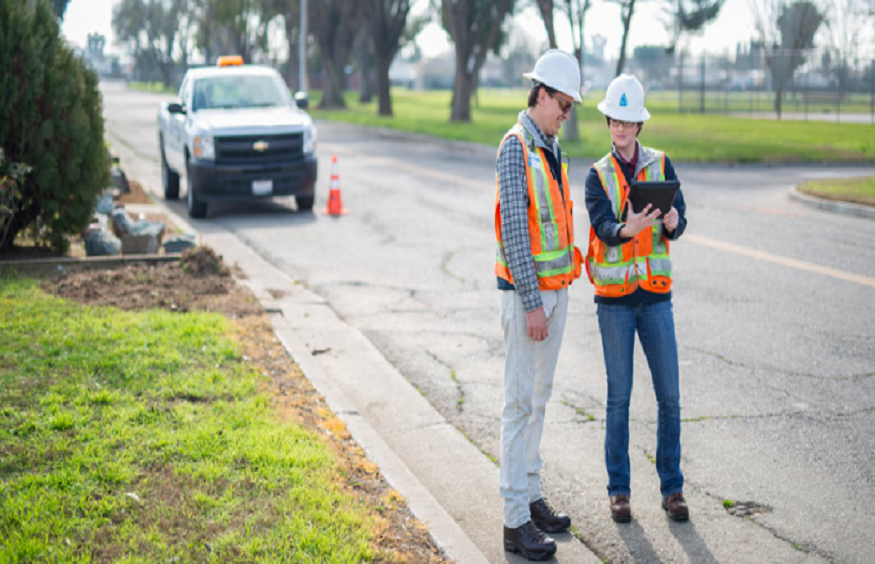Reasons Why Road Safety Audits Are Essential for Sustainable Road Safety and Seamless Transportation

Road safety audits are vital for enhancing transportation systems and promoting public safety. Due to urban areas becoming more complex and highways busier, proactive measures to address potential hazards become increasingly important. These audits help unearth existing risks and facilitate the development of safer and harmonized environments for all road users.
1. Proactive in Identifying Road Hazards
Road safety audits adopt proactive risk identification techniques that prioritize safety before accidents occur. Unlike traditional reactive approaches that address issues post-incident, these audits implement systematic assessments to evaluate the safety performance of existing roads and future infrastructure.
Reliable road safety audit victoria experts offer comprehensive road safety evaluations by combining standardized checklists, risk assessment tools, and on-site inspections to uncover improvement opportunities. Also, analysis by a diverse team of experts helps qualitatively analyze traffic patterns and driver behavior.
Leveraging technology through simulation modeling helps these experts test various design scenarios in a virtual environment, leading to a more robust and safer road design. Also, aerial LiDAR enhances these audits by providing precise, three-dimensional data on road conditions, including roadway curves, thus helping identify potential hazards more accurately. Benchmarking against established standards further enhances the effectiveness of road safety audits without waiting for complaints or accident reports.
2. A Vital Tool in Enhancing Compliance in Major Projects
Road safety audits are essential in enhancing compliance with standard specifications on road and bridge design, which is crucial in improving road safety across the globe. The process involves reviewing the features and characteristics of a new road or improvement scheme during its development, helping to identify design aspects that could negatively impact the safety of future users.
The process involves systematically reviewing designs and road projects during development to identify potential design issues that could impact safety. Experts evaluate road layouts, signage, and pedestrian facilities against regulatory standards, providing compliance levels and actionable recommendations for non-compliance.
With the United Kingdom and Australia leading the way in their implementation, these countries have recognized the significant value of proactive safety assessments in ensuring the integrity of their road networks. By systematically evaluating potential hazards before construction begins, implementation of road safety analysis reports can help remove poor design features from projects before they are built to enhance the safety of road networks.
3. Provides a Holistic Assessment Through a Team of Diverse Professional Expertise
The multidisciplinary approach of road safety audits provides a holistic evaluation of road projects, ensuring comprehensive and practical safety assessments. By integrating expertise from highway safety engineers, design engineers, maintenance personnel, and law enforcement professionals, RSAs go beyond traditional methods that might rely solely on accident data or engineering analysis.
The diverse team brings varied perspectives, covering aspects from road design and maintenance to accident trends and enforcement challenges, allowing for a more thorough and objective assessment. The collaboration identifies potential safety issues that might go unnoticed, leading to more effective safety recommendations and safer road environments.
Even better, this team should not be part of the implementation team to ensure unbiased and objective evaluation. The multidisciplinary nature of RSAs sets them apart, offering a well-rounded and impactful evaluation process.
4. Addresses Limitations of Crash Data
Road safety audits (RSAs) are crucial in addressing the limitations of traditional crash data. Crash data, while helpful, often suffers from underreporting, poor data quality, and an overemphasis on historical incidents, leaving gaps in identifying future risks. RSAs circumvent these limitations by focusing on potential hazards and evaluating factors like road design, traffic patterns, and infrastructure conditions rather than relying solely on past accidents.
For example, road auditors can use GIS technology to identify parameters that differentiate sites of a road segment with higher accident frequency from those with lower accident rates. That helps assess complex factors contributing to safety risks, such as poor visibility, inadequate signage, or infrastructure deficiencies, even if historical crash data is sparse or incomplete.
Moreover, road safety analysis prioritizes improvements based on risk rather than accident history, resulting in cost-effective and preventive safety measures. By addressing the shortcomings of crash data, RSAs offer a more holistic and forward-looking approach to road safety management, ensuring safer road environments.
5. Highly Insightful in Land Development Applications
Road safety assessment reports offer highly insightful contributions to land development applications by proactively assessing how proposed projects might impact road safety. For example, thematic audits provide targeted evaluations, such as ensuring pedestrian and cyclist safety in new developments.
RSAs can identify safe pedestrian crossings for school zones, evaluate sightlines and traffic flow patterns around planned retail centers, and assess the safety of bike lanes and sidewalks for mixed-use developments. By incorporating public input, RSAs foster community involvement, addressing concerns while promoting safety and accessibility.
Moreover, early identification of design flaws through RSAs enhances safety and can lead to significant cost savings. Developers can avoid costly modifications by addressing potential hazards before construction begins. Quantifiable studies often highlight the cost-benefit ratio of RSAs, showcasing their value in producing safer, more efficient, and cost-effective development projects that integrate smoothly with existing infrastructure.
6. Crucial in Balancing Walkability and Transit Infrastructure
Walkability and transit audits enhance pedestrian accessibility and road infrastructure, ensuring safe and efficient usage and interconnectedness within road networks. These audits assess the safety and connectivity of pedestrian routes while evaluating how transit infrastructure integrates with urban environments. By identifying key factors such as pedestrian crossings, sidewalk safety, traffic flow, and public transit access points, these audits help create spaces where walkability and transit options coexist harmoniously.
For example, audits can examine the placement of crosswalks, visibility at intersections, and the safety of transit hubs, ensuring that pedestrians and transit vehicles can interact safely. By addressing potential conflicts early in the planning stages, walkability and transit audits help promote a balanced, safe, and accessible infrastructure that enhances the livability of communities.
In conclusion, road safety audits are crucial for enhancing road designs and promoting safety while ensuring compliance with regulations. By proactively identifying and addressing potential hazards, RSAs provide a more comprehensive approach to road improvement than traditional methods. That leads to safer roads, reduced accidents, and improved infrastructure planning. However, identifying the best road safety and assessment experts is crucial for optimizing the audit process. Their specialized insights lead to effective recommendations, ultimately creating safer, more efficient transportation systems for all users.






